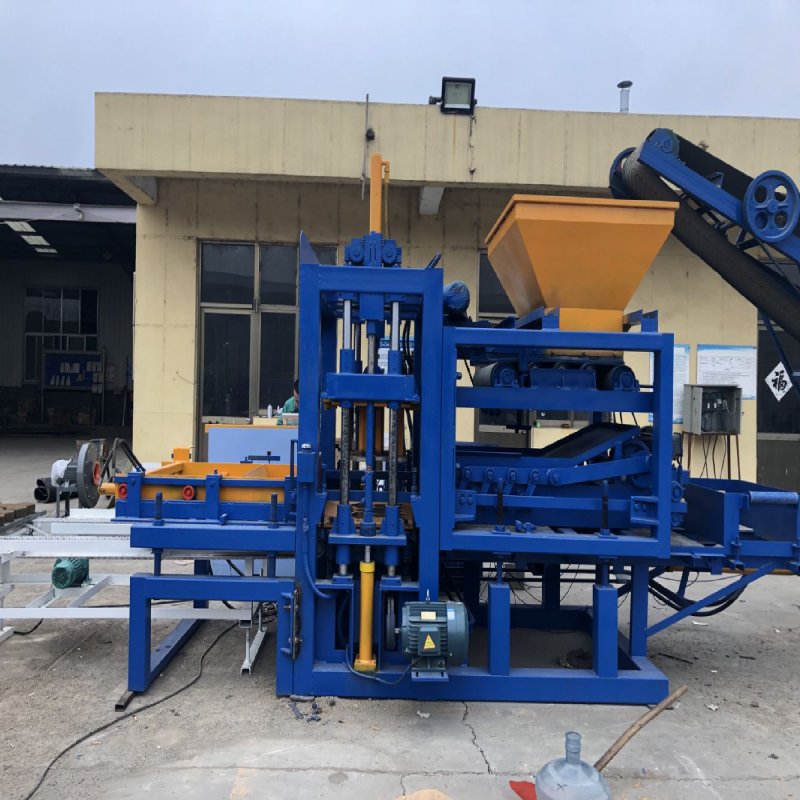
Bricks have been a fundamental building material for centuries, shaping the landscapes of cities and civilizations across the globe.
With advancements in technology and a growing focus on sustainability, brick making has undergone a transformative journey in recent years.
This essay explores the latest innovations in brick making and their impact on the construction industry.
From eco-friendly materials to cutting-edge automation, these advancements are not only revolutionizing the way bricks are produced but also reshaping the future of construction.
Sustainable Materials and Techniques
One of the most significant trends in modern brick making is the shift towards sustainable materials and techniques.
Traditional brick production has been associated with high energy consumption and greenhouse gas emissions, making it less environmentally friendly.
However, innovators in the industry are now exploring alternative materials to reduce its ecological footprint.
Manufacturers are increasingly incorporating recycled materials such as crushed glass, fly ash, and even plastic waste into the brick-making process.
These recycled bricks offer comparable strength and durability to traditional clay bricks while significantly reducing the demand for natural resources.
Researchers have been experimenting with bio-based materials like agricultural waste, mycelium, and even bacteria to create biodegradable bricks.
These innovative solutions not only reduce environmental impact but also offer opportunities for on-site disposal, minimizing construction waste.
Traditional brick kilns consume substantial amounts of energy and emit greenhouse gases.
However, advanced technologies like hybrid kilns and high-efficiency tunnel kilns have emerged, reducing energy consumption and emissions significantly. Additionally, solar-powered and biomass-powered kilns are being developed, promoting cleaner and greener brick manufacturing.
Automation and Robotics
Automation and robotics have permeated various industries, and brick making is no exception.
By integrating technology into the manufacturing process, companies can increase productivity, precision, and consistency while decreasing costs and manual labor.
Automated brick pressing machines can produce a vast number of bricks in a short period, ensuring uniformity in size and shape.
This automation allows for faster production rates and reduces the need for manual intervention, streamlining the entire process.
Robotics have made inroads into brick sorting and packaging, improving efficiency and accuracy.
Automated systems can categorize bricks based on quality and size, ensuring that only the best bricks reach the market while minimizing waste.
Artificial Intelligence (AI) is being utilized for real-time quality control during brick production.
AI algorithms can detect defects and imperfections, ensuring that only high-quality bricks are selected for sale, thus enhancing customer satisfaction.
3D Printing and Prefabrication
The construction industry has been increasingly exploring 3D printing and prefabrication, and brick making is no exception.
These cutting-edge technologies offer numerous benefits, from cost savings to reduced construction time.
3D printing allows for the creation of complex brick designs that were previously difficult or impossible to achieve with traditional methods.
Moreover, 3D printed bricks can be customized to meet specific project requirements, enabling architects to experiment with unique shapes and patterns.
Prefabrication involves assembling building components off-site and then transporting them to the construction site.
Prefabricated brick panels can be mass-produced with precision, reducing on-site construction time and labor costs significantly.
Smart Bricks and Sustainable Infrastructure
The integration of technology into bricks and building materials has led to the emergence of “smart bricks” and sustainable infrastructure solutions.
These innovations offer a range of functionalities that contribute to a greener and more efficient built environment.
Smart bricks with enhanced thermal insulation properties can contribute to more energy-efficient buildings.
By reducing heat transfer, these bricks can help regulate indoor temperatures, leading to lower energy consumption for heating and cooling.
Researchers are developing self-healing bricks that can repair minor cracks and damage over time.
By using biological agents or nanotechnology, these bricks can prolong their lifespan, reducing the need for frequent maintenance and replacements.
Solar bricks integrate photovoltaic cells within their structure, allowing them to generate electricity from sunlight.
These bricks can be incorporated into the building’s façade or walkways, transforming infrastructure into clean energy generators.
The innovations in brick making discussed in this essay demonstrate the industry’s commitment to sustainability, efficiency, and technological progress.
From sustainable materials and automated production to 3D printing and smart bricks, these advancements are revolutionizing construction practices and reshaping the future of architecture.
As these technologies continue to evolve, brick making is set to become more environmentally friendly, cost-effective, and aesthetically diverse, offering endless possibilities for sustainable and efficient construction in the years to come.
